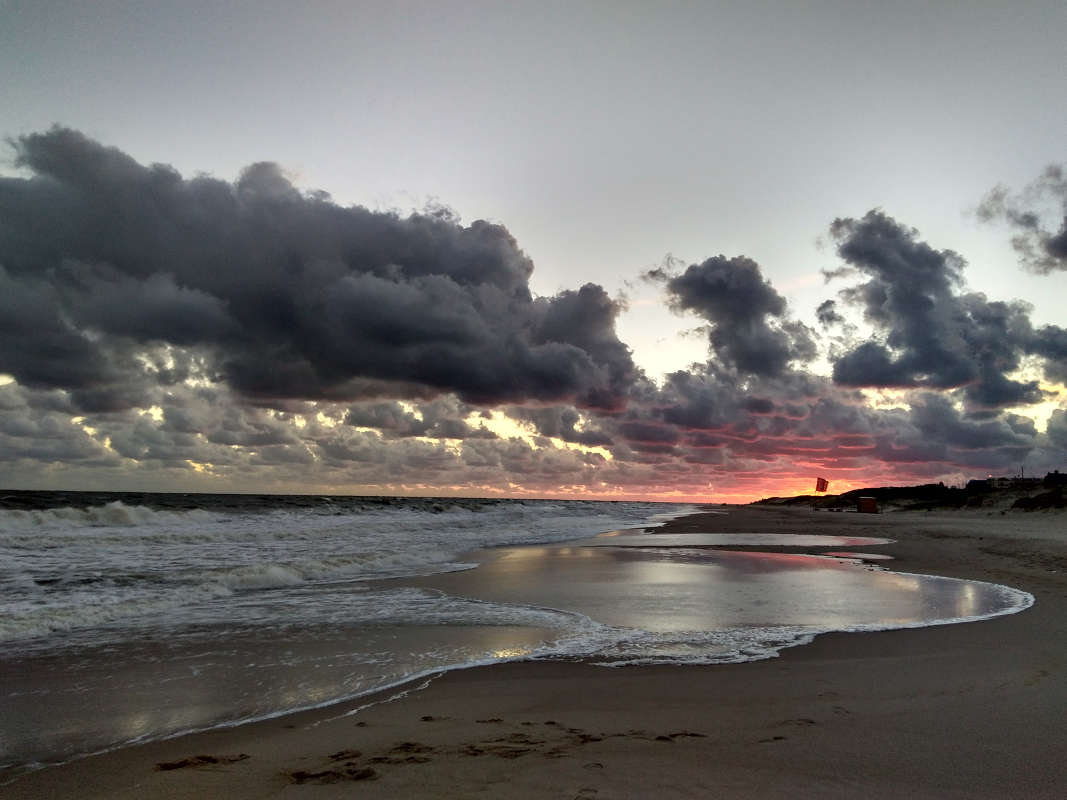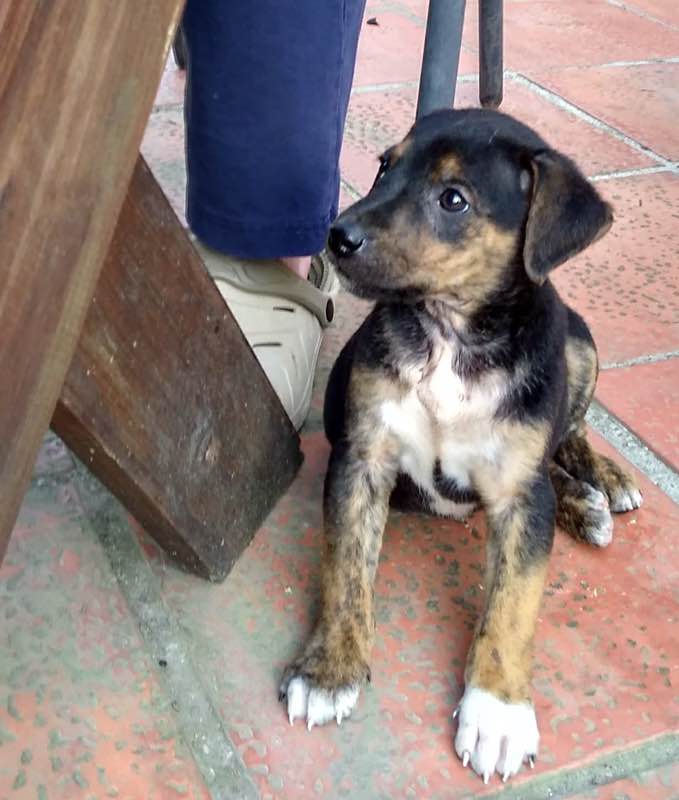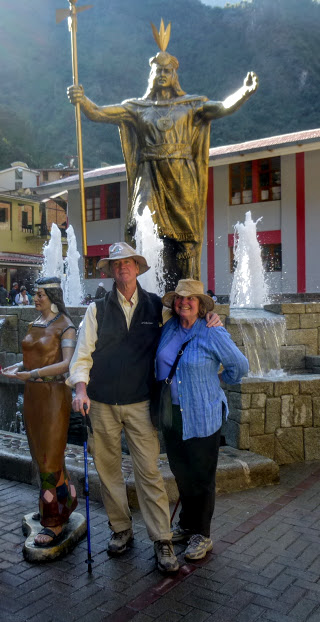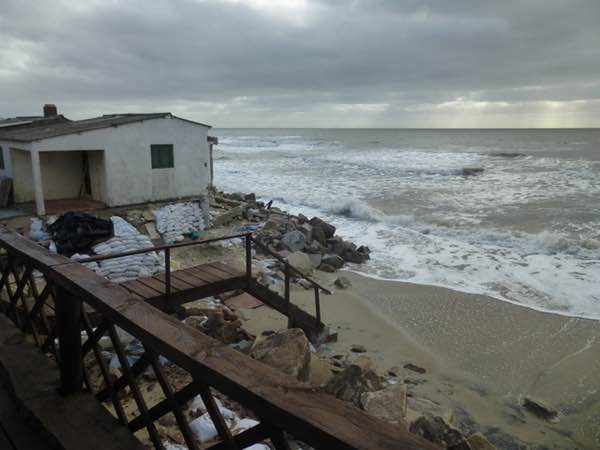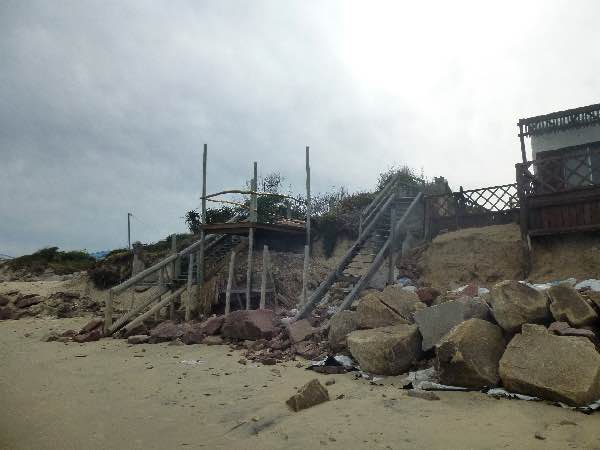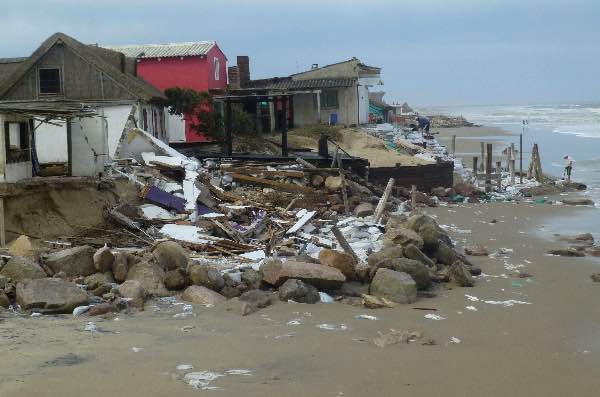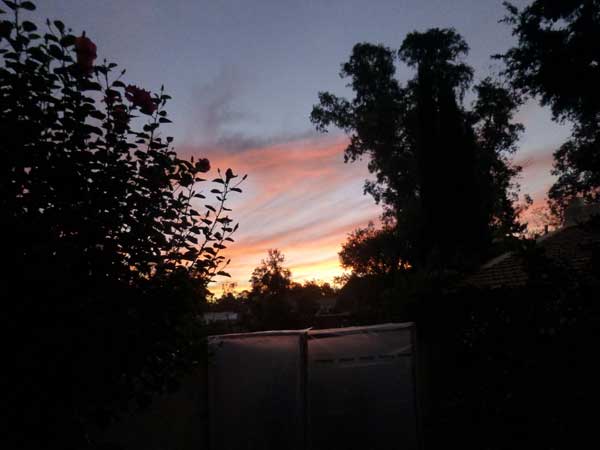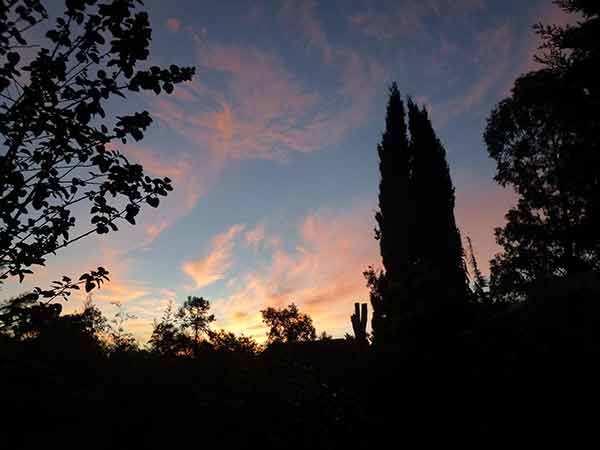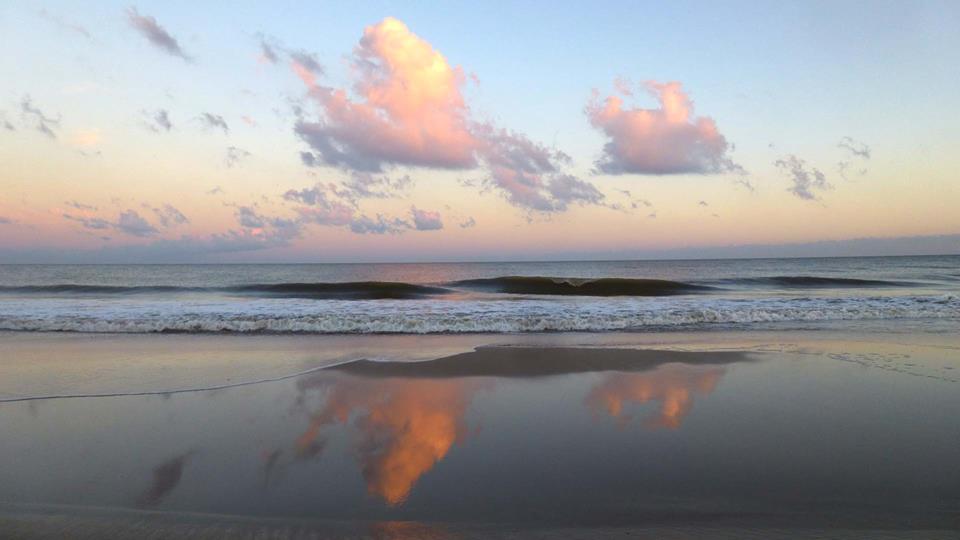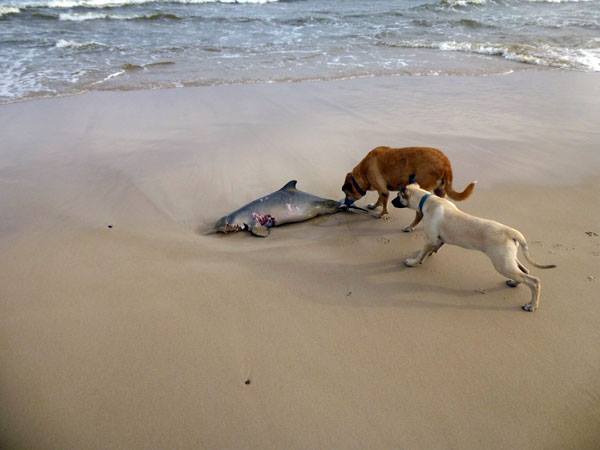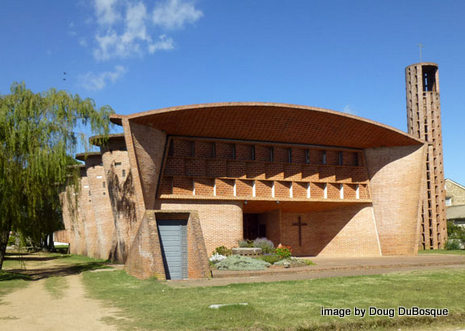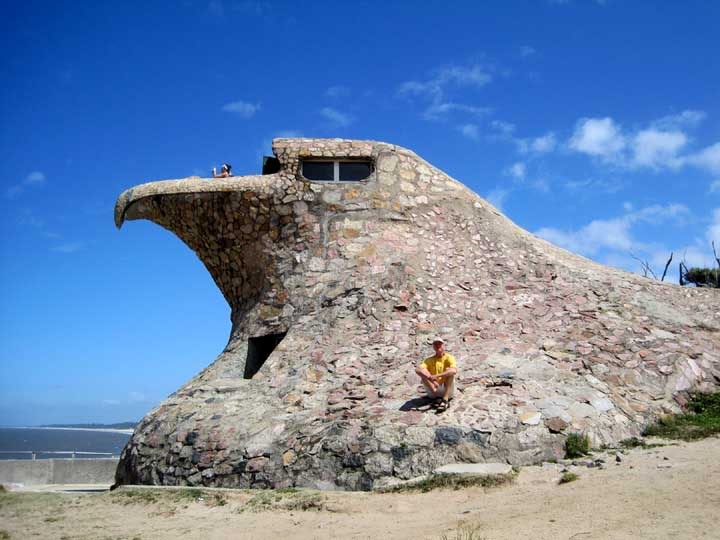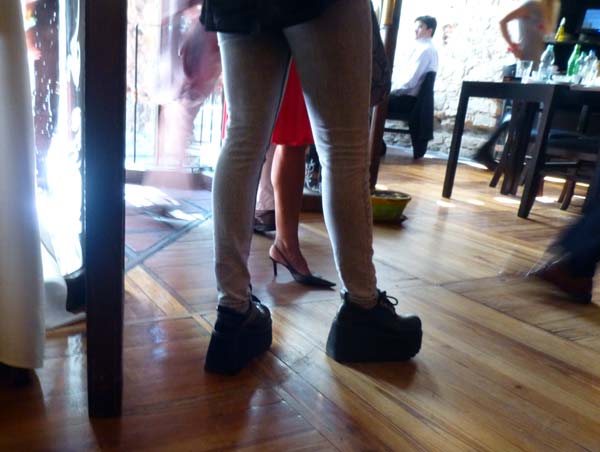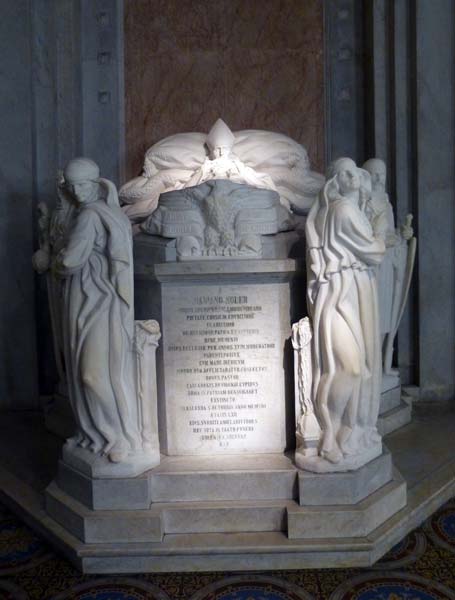Welcome to my Why Create? interview series!
Do artists create works because they are producing objects for future generations to view? Do writers write to inspire and influence others? Or, is creative work conductive to our happiness? Our purpose? In my interview series with creative people, I hope to find answers as we explore the creative process and motives.
Today I welcome Author, Artist, Poet, Cook, and Traveller, Syd Blackwell to my Why Create? interview series!

Syd Blackwell is a native of Rossland, BC (Canada), a tranquil mountain town that was once a booming mining town. The peace of nature, and the remnants of history were instrumental in his formative years. He became a teacher and worked in schools and colleges for twenty-five years. These work years were interspersed with acting in amateur theatre, and planning set and sound work. Syd co-authored an historical atlas, wrote poems for a collection called Life Is A Poem, became a weekly newspaper columnist, featuring the local bridge club, created a newsletter for high school student recruitment, and wrote many published articles.
When Syd retired from teaching, he helped design a bed and breakfast inn and became the innkeeper of Wintergreen Inn in Revelstoke, BC.
I first met Syd and his wife, Gundy, when my husband and I visited Uruguay in 2009 to see if it would be a good country to move to from Mexico. As we pulled into their front drive, in Atlántida, Uruguay, I noticed a “hand-painted” sign on the gate. “Casa Inspiración.” I heard dogs bark, welcoming us, and thought, Ah, interesting people! That was eight years ago and we continue to marvel at the lives of these two curious and creative souls.>
Susan Joyce: Syd Blackwell, thanks for allowing me to quiz you regarding your life and various projects! How did you meet your wife Gundy? Why did you move to Uruguay?
Syd Blackwell: In 2002, I was an innkeeper. A woman bought a small B&B on the other side of Revelstoke. A couple of months later, she phoned to ask if she could meet me to ask some questions. I agreed. When she showed up at my inn, dressed in a black business suit, carrying a black attaché case, I hid my amusement. She had found it difficult so far, and sought experienced advice. Possibly my first suggestion was a more relaxed wardrobe. During the discussion, I learned she was single. Later, I suggested that she needed to know the area better to provide service to her guests. Then, I invited her to join me on my daily dog walk. And then things progressed.
In 2006, we came to Uruguay on a two-week trip seeking a quicker medical solution than Canada could give for Gundy´s deteriorating hips. Before we came, we checked out online house listings between $40,000 and $65,000. One, seemed much better than others. We thought we might look, if we found time. Well, we found time to look at several houses, and the one we had seen, with three bedrooms, carport, closed barbecue area, swimming pool, and perimeter fence, for $45,000, was such a remarkable deal that we agreed to buy at once. Five hundred dollars from an ATM started the process. So, we found ourselves on the plane heading home with the realization we had, de facto, decided to sell our businesses and retire to Uruguay. Quite a surprise, really! Later, Gundy got her new hips.
Susan Joyce: You taught art and music. Do you play a musical instrument? Do you sing?
Syd Blackwell: I took piano lessons as a child, but was never very talented. I played French horn throughout high school, but never since. Even the shower shudders when I sing.
Susan Joyce: The shower shudders? Oh dear! What did you learn through teaching? Did it change you?
Syd Blackwell: The most daunting challenges become smaller when you take the first step. Teaching forever changed me. Although I left teaching, teaching never left me. In this century, reconnecting on the internet with dozens of former students, has been most enjoyable.
Susan Joyce: I’ve observed, through your written works and art that you always tell a story. Did teaching help you develop storytelling?
Syd Blackwell: I think teaching provided more stories. I have always felt a need to tell stories. For example, in junior high school, we were tasked with writing a story and then reading it aloud in front of the class. A horror for most. At my turn, I began my story of “the life of a penny”. I already knew it was longer than most had written, but when the first funny line appeared, and the class laughed, I improvised more than what was on the page. I got top marks for presentation and a few questions later from Mr. Buchanan, about all the missing bits from my written copy.
Susan Joyce: Quite impressed that you have visited nearly fifty countries over the years. Which is your favorite and why? Which is your least favorite and why?
Syd Blackwell: I could make a case for one country to answer both questions, but as I only visited two places in Indonesia, Bali and Jakarta, it would hardly be fair. Besides, the Bali I knew doesn’t exist any longer. My favourite country is Canada. It is so amazing and big and diverse, but, as I am Canadian, I will pick New Zealand, which has abundance and variety of natural beauty. My least favourite is also the smallest, the Vatican. I don´t think this is the place to discuss why.
Susan Joyce: In your travels, did you have any dangerous situations? Any scary moments?
Syd Blackwell: Quite a few of both. One dangerous encounter was in New Delhi. I was weak, recovering from hepatitis, and doing an evening walk in a narrow street near my lodgings. I was being pestered by persistent people trying to sell things. One kept grabbing at my shirt as I tried to ignore them. Hepatitis doesn’t help your patience, and after the second or third warning, I turned around and hit him in the shoulder, knocking him to the ground. Well that wasn’t the right thing to do, as an angry crowd instantly materialized, screaming, yelling, and threatening. I had my back against a wall and worked my way as quick as I could back to the corner and a busier street, where the crowd dispersed.
Of the many scary things, climbing Uluru (Ayers Rock) in Australia was terrifying; I have acrophobia. I wrote a poem, Vertigo Australianus.
Susan Joyce: One fun thing I’ve learned is that you judged the annual Amsterdam Cannabis Cup. What year? How did this opportunity arise? Was it a fun assignment? Did you write about it?
Syd Blackwell: In 2001, I decided to celebrate my 55th birthday. On the internet, I found that the 13th Cannabis Cup in Amsterdam, would nearly coincide with my November birthday. I invited my friend, Byron, who had helped at my inn, to join me. Soon, another friend, Phil, decided to come. We landed in Amsterdam on my birthday. The Cannabis Cup, involving judging marijuana and hashish samples from 22 different coffee houses, began two days later, and lasted four days. There was private bus transportation between coffee houses. There was also a trade show and nightly musical acts. Anyone who paid the $200 fee could become a judge. It was fantastic – as far as I can remember. I have told the story often, but not written it.
Susan Joyce: Why do you make art? Why do you write?
Syd Blackwell: I create because it makes me feel good. I am happy when others can also see and share in my pleasure.
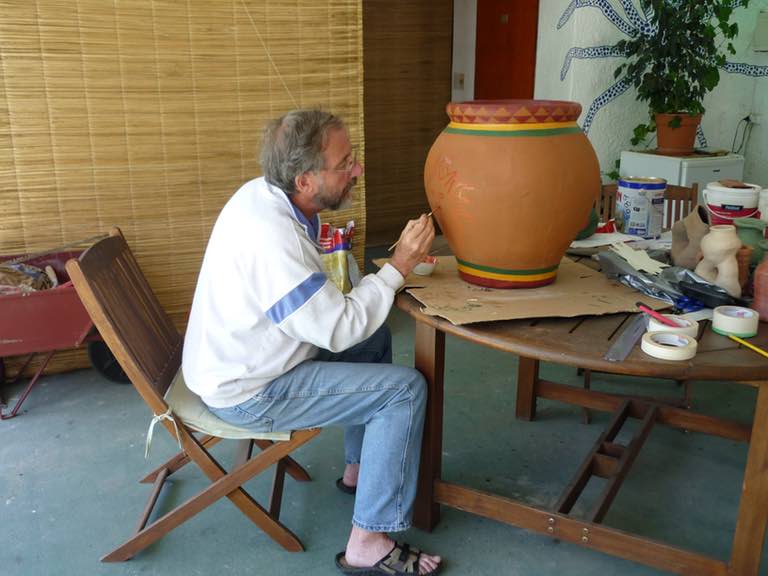

Susan Joyce: Your walking sticks are awesome! What projects are you working on now?
Syd Blackwell: I already have too many Travel Stories and Travel Highlights for entry into Robert Fear´s newest contest, yet I just wrote another one today. Check out Red Shoes by Syd Blackwell.
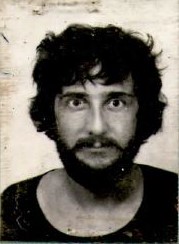
No new mega-projects happening, like last year´s privately circulated Uruguay Days, a book of poems and photos.
Syd’s memoir, Innside Stories: Anecdotes from Wintergreen Inn 1995-2004 is a delightful collection of tales by an innkeeper who loves sharing stories.
Thanks Syd Blackwell! Delighted to get to know you better..
Susan Joyce




 awaiting next year’s harvest.
awaiting next year’s harvest.
